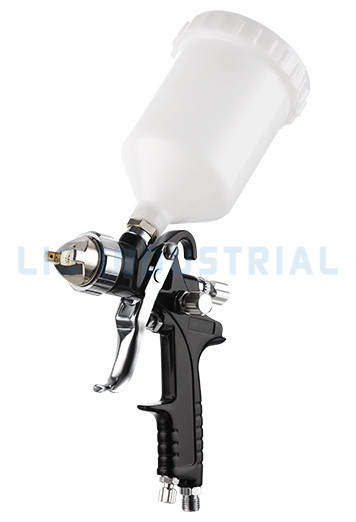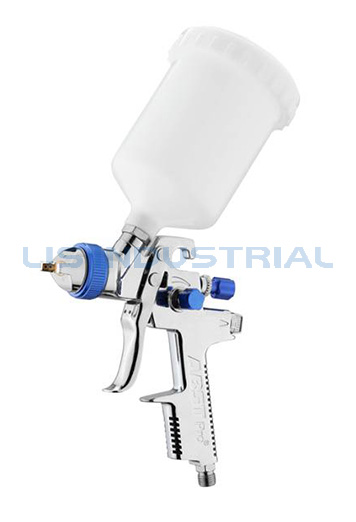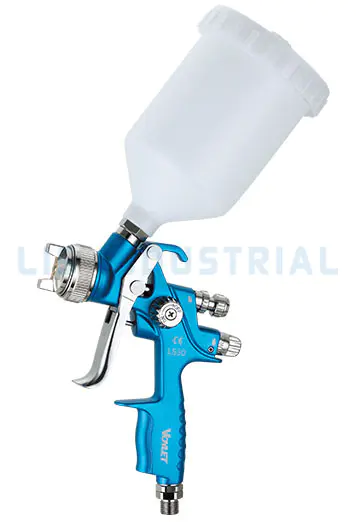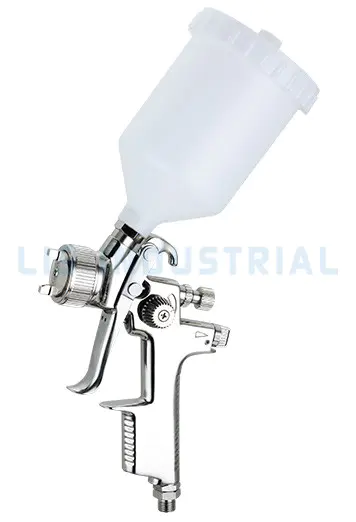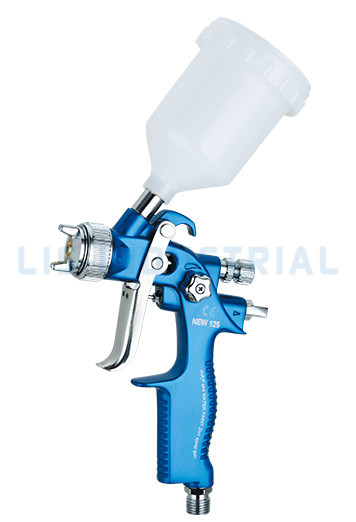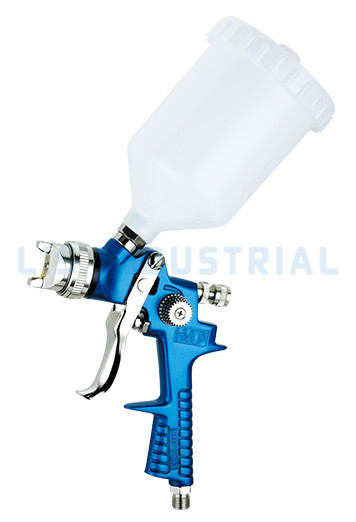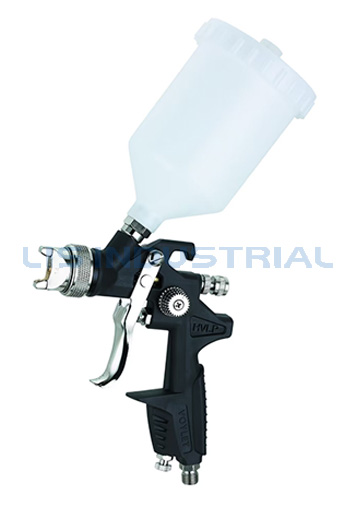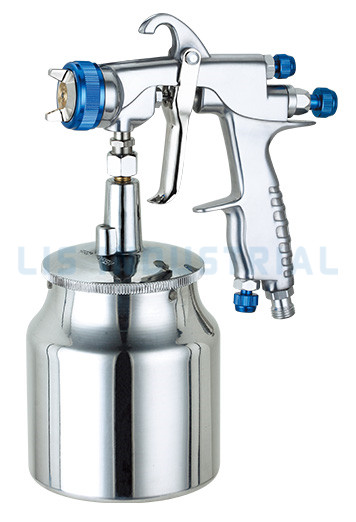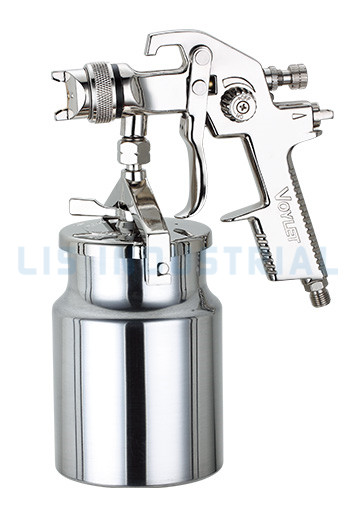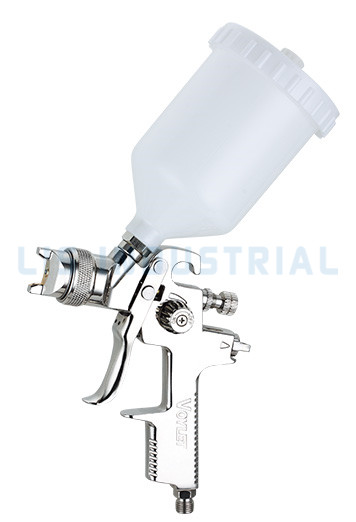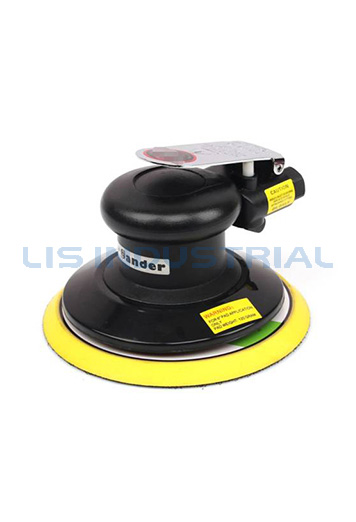In order to select the most appropriate paint for your project, you need to know the diameter of the nozzle. The nozzle of a paint spray gun can vary from 1.2 mm to 1.4 mm. The nozzle can be either flat or angled. The air pressure setting should be adjusted to the appropriate level for the desired effect. Besides that, you should also look for a spray gun that has adjustable air pressure, which is a big plus.
The spray gun should be held over the surface you're painting. Ideally, it should be held at about 30 cm away from the surface, although you may have to increase the distance if the tip of the spray gun is particularly large. Ideally, the paint gun should move in a straight line and parallel to the item you're painting. Then, you should release the trigger and allow the spray to cool and settle before applying a second coat.
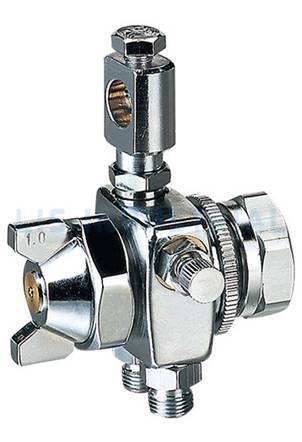
When using a paint spray gun, you must remember to use the right settings for the project. You can use a high-volume or low-volume paintbrush. A high-volume paintbrush requires more air volume and will apply more evenly to the surface. You'll spend less money on a new jar of paint, while a low-pressure paintbrush will prevent overspray and provide more control. A narrow nozzle is good for full coverage of cracks and crevices.
A paint spray gun can have a high-pressure spray tip. LVLP stands for low pressure and HVLP stands for high volume. A HVLP paint spray gun will need at least 10 PSI, but it will be able to spray thinner materials than an LVLP. However, if you're trying to apply thicker paints, you may need a higher-pressure nozzle. You must also pay attention to the nozzle diameter before you pull the trigger.
Once you have selected the paint spray gun, you must learn how to use it properly. The tips must be clean and free of debris. You should also record the paint thinner you used, air pressure, and fluid tip. These settings will help you to achieve consistent and repeatable results. Ensure the gun is in good working order. It is very important to record the settings of your Spray Gun. It should be clean and free of any dirt, so you can clean it.

 Search
Search
 English
English 中文简体
中文简体 Deutsch
Deutsch Español
Español